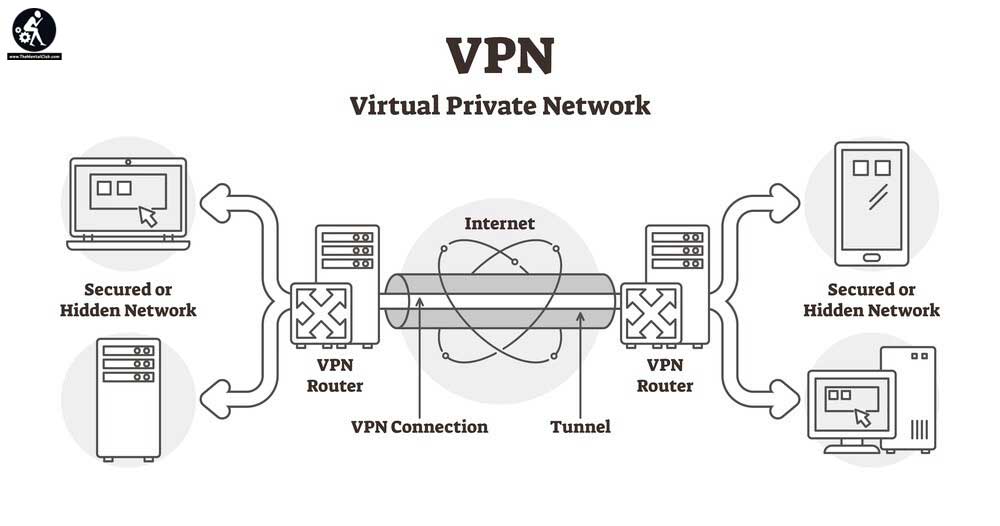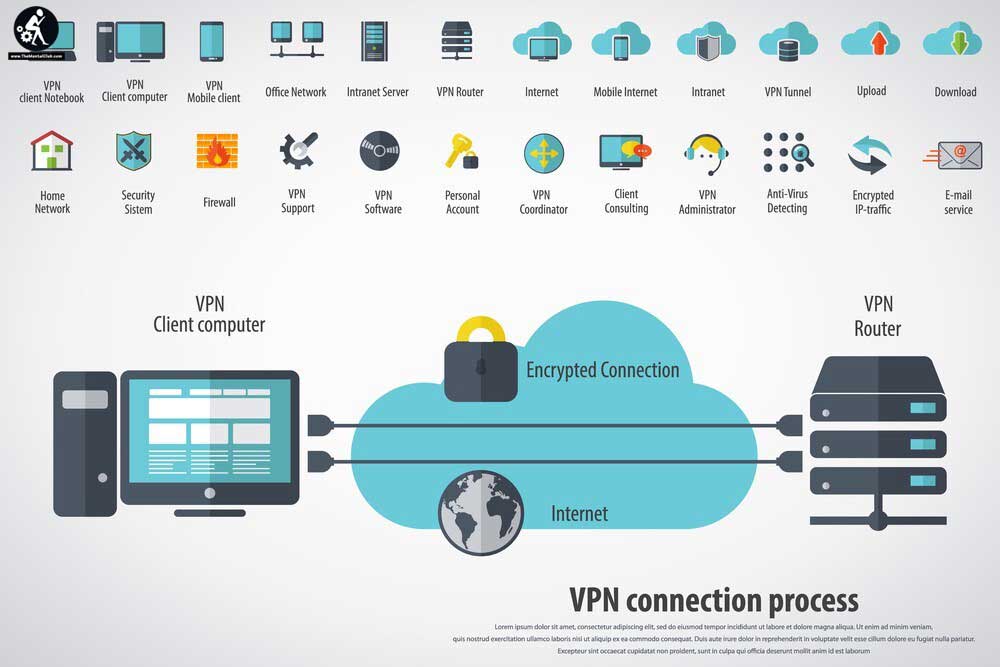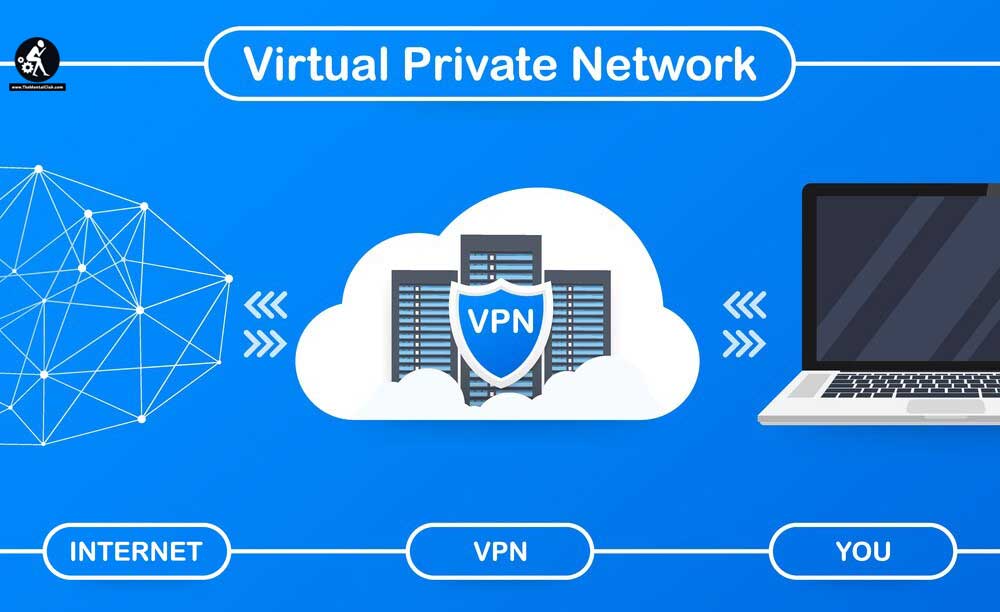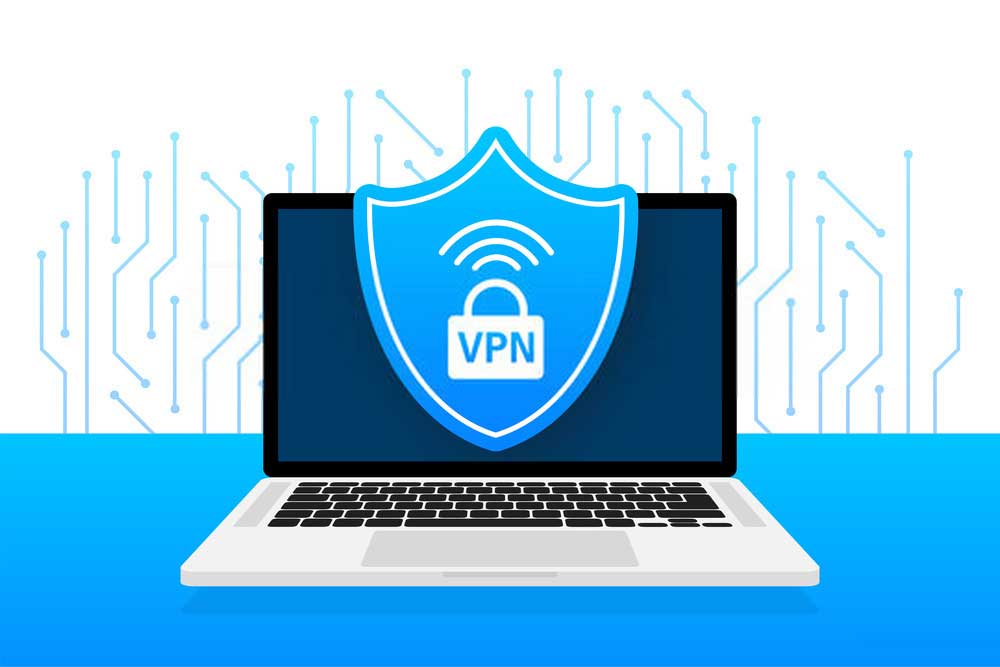Suppose you are stuck at installing and setting up a VPN on your router. We will let you know about the efficient way to set up a VPN on your router. Stay tuned to know in depth the tricks and techniques.
What is VPN?
VPN is a service also known as Virtual Private Network, extends a special interface beyond a private network, and permits users to transmit and acquire data over shared or public networks. It implements entrance to sources unavailable on the public network and is used concerning telecommuting operators. Encryption is common, although not an integrated piece of a VPN connection.

A VPN is established as a virtual bond within the dedicated courses. A VPN reachable from the public Internet combination provides remarkable advantages of a Wide Area Network (WAN) from a user panorama. If you enjoyed reading this article, head over to our website at Router Login to check out more articles for everything related to tech. We have numerous articles, blog posts and tutorials for the IP Address Logins that are available. We have on our website, how-to guides for logging in to the various Wi-Fi routers that are available in the market today. Let us read ahead for the steps you need to take to set up a VPN on your home networking device.
What is Router?
A router is a device that connects a couple or more networks or subnetworks. It follows two primary functions:

- It manages traffic among these networks by forwarding data containers to their predetermined IP addresses
- It enables versatile devices to practice the corresponding Internet connection.
There are various types of routers in the market, but most maximum routers transfer data between LANs and WANs. A LAN is a group of associated devices confined to a particular geographic area. A LAN usually needs an individual router. A WAN is an expanded network. Because a WAN gets distributed to a large extent, it frequently necessitates many routers and switches.
What is a VPN Router?
Many Wi-Fi routers support VPN. A VPN user on a distant network can install software on their remote device and launch a VPN connection, including their home or company’s network, and from anywhere.

With a standard router, you must install the VPN software, and on each device, you can use it to combine your VPN channels. Once an individual remote device has logged in to the operation, the connection cannot be shared further with different devices on that chain.
A VPN router has a VPN installed in it directly. It has firmware that can supervise VPN connections, indicating it verifies a strong connection. With a VPN router, you can unite all your devices to your VPN network outwardly, having to make personal software connections. All connected devices like computers, phones, tablets, and Android TVs, can gain uninterrupted network access.
Need to have a VPN connection?
A VPN network is a must for internet security for some reason. First, you have a computer, so it appears to be in a non-geographical location. This is to log in to a server and run it by your VPN provider.

This means that when Cookies or Big Bad Government Agencies try to track you in your web activity, they can find your VPN provider’s servers and not you. Better still, hundreds of thousands of people like you are doing the same thing on the same server. It provided an end to end encryption facility. Isn’t it a great feature?
How to set up a VPN?
Using the following steps, you will be able to set up a VPN on your router with ease successfully:

- Log into Router – It starts by logging into the router and coordinating its settings. Then, you have to gain access from your service provider. This can only be done when you install a VPN on your router. Make sure you install a VPN on the device.
- Then, you have to open the router configuration panel. Then reach it by inserting your Router’s Internet Protocol address in any browser.
- Inspect for a VPN customer tab. It can be found beneath the advanced settings on your router.
- It almost depends upon your router and its version, model, and brand. In your, it can be anywhere else.
- If you cannot discover it, the router is not compatible with the VPN settings.
- This step is crucial. The steps you take to configure your router depend solely upon your router’s firmware. Routers like Asus have combined VPN functionality. If you are not having VPN functionality available on your router, you’ll reconfigure their settings to redirect their traffic to a VPN server. To learn, you need to reach out to either the service provider or the Brand tutorials.
- Enjoy!! You have now successfully ended up setting up your router.
Conclusion
We hope you are very clear about the tricks and techniques regarding setting up the router. Go and check out the steps to set up more routers like this in the future too. We expect you to be victorious in this war of getting stuck while setting VPN to your router.


































